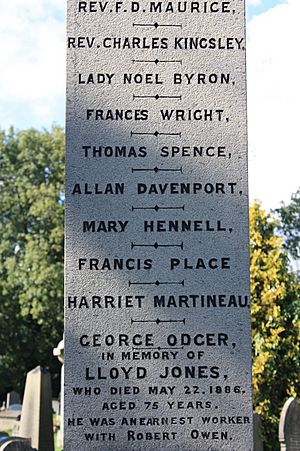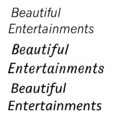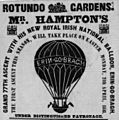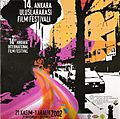Sans serif facts for kids
| Sans-serif font | |
 |
Serif font |
 |
Serif font (serifs in red) |

In the world of typography (how letters and words look), a sans serif typeface is a style of letters that does not have small "feet" or lines at the end of its strokes. These little lines are called "serifs".
The word "sans" comes from French and means "without". "Serif" comes from the Dutch word schreef, which means "line". So, "sans serif" literally means "without lines" or "without serifs".
Sans serif typefaces have been around since the 1700s. But they became very popular in the 1900s, especially with the rise of modern art. Many people who designed these typefaces were artists. They were part of the bigger art movements of their time.
One very important person for sans serif typefaces was Jan Tschichold. He was a German-Swiss graphic designer. Tschichold was born in Leipzig, Germany, on April 2, 1902. He passed away in Locarno, Switzerland, on August 11, 1974.
Tschichold did more than just design typefaces. He also showed how to use them well in books. After the Second World War, he became a main designer for Penguin Books.
Sans serif typefaces are often used for signs, advertisements, and headings in books. Even though they can be used for the main text in books, they are not as common for that purpose.
Different Names for Sans Serif Fonts
Sometimes, sans serif fonts are called by other names. Here are a few:
- Egyptian
- Antique
- Grotesque
- Doric
- Gothic (but this is different from blackletter fonts)
- Lineale, or linear
- Simplices
- Swiss
Images for kids
-
An inscription at Stourhead from around 1748. It is one of the first to use sans-serif letters since ancient times.
-
An early use of sans-serif capital letters in 1810 by William Gell.
-
Gill Sans on the nameplate of a 4468 Mallard train from 1938.
-
Three sans-serif "italics" styles.
-
A 1952 brochure using the popular Gill Sans style.
-
A government poster using Univers font, 1980.
-
A distorted sans-serif font in the "grunge typography" style, Ankara, 2002.
-
Blackletter calligraphy in a 15th-century bible.
See also
 In Spanish: Palo seco para niños
In Spanish: Palo seco para niños







































